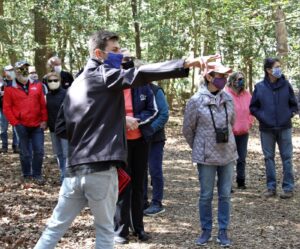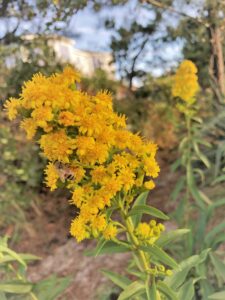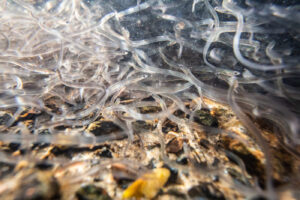Winter Decisions Affect Us in Spring
By Angela Trenkle As winter snows turn to spring showers, one can’t help but wonder what all that water is washing into our waterways. In winter it’s a common sight to see the roads covered with salt in anticipation of ice and snow. At a glance, this is something to be thankful for: it allows […]



